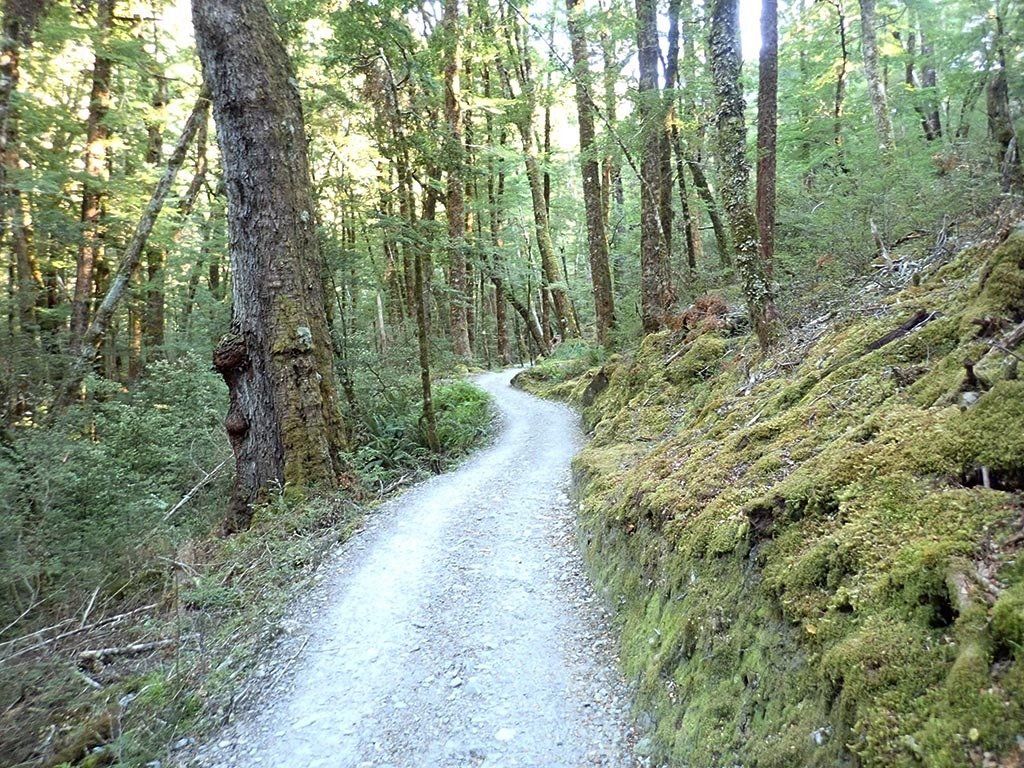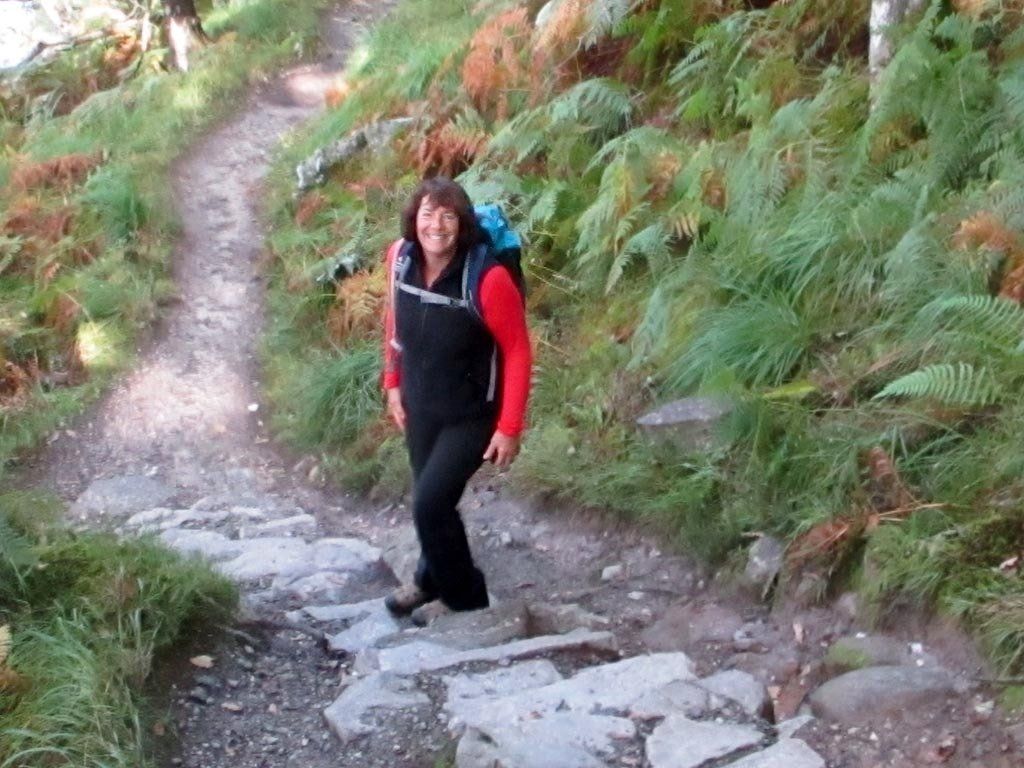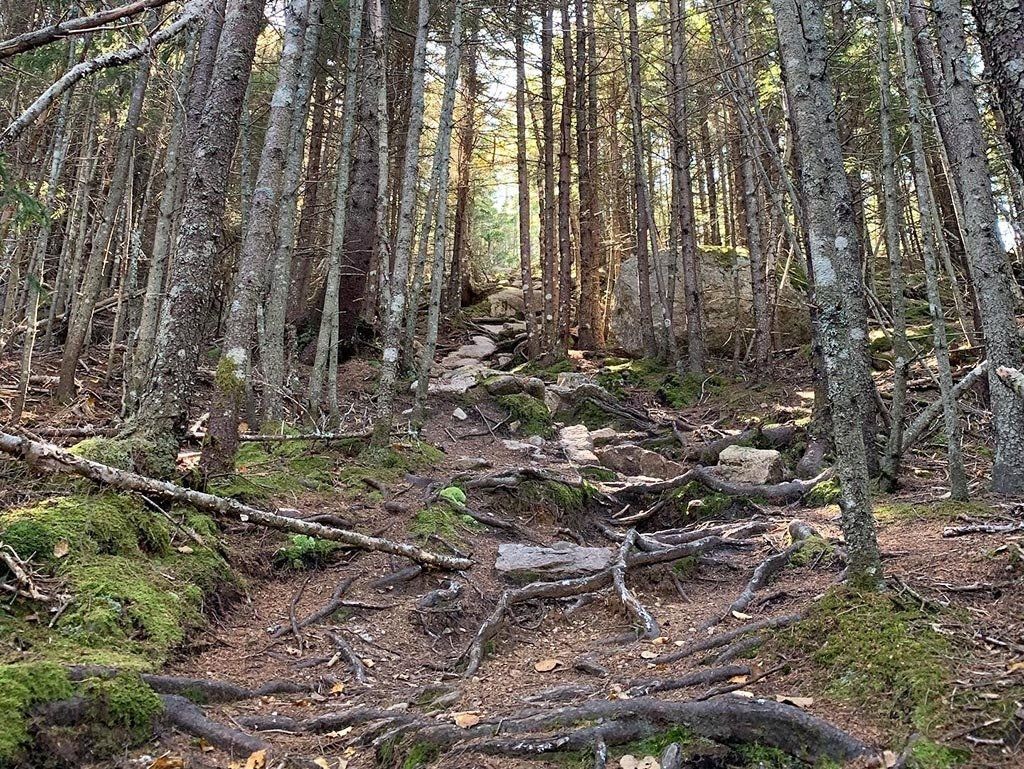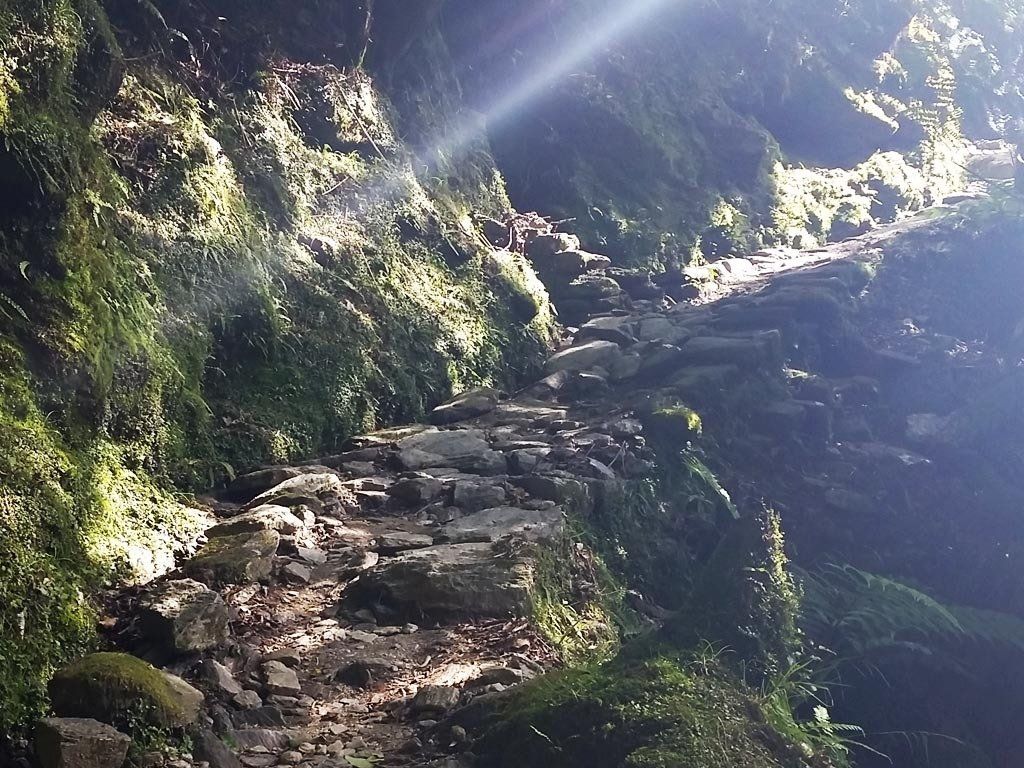Difficulty Rating

Slide title
H1 – Easy
Button
Slide title
H2 – Moderate
Button
Slide title
H3 – Difficult
Button
Slide title
H4 – More Difficult
Button
This hiking scale assumes that all participants have the physical fitness required for a hiking tour (see also Tour Fitness Scale), and recognizes that even with that fitness, specific hikes have varying degrees of technical difficulty. These ratings can be applied to individual hikes, but when applied to a DeLuxe Hiking Tour, the rating represents the most difficult hiking element that must be completed while on the trip. While for some days of a tour there will be easy and more difficult hiking options, on other days, there may not be an easier option.
H1 – Easy
Walking or Running Shoes
H1 hikes require good balance and sufficient stamina for travelling several kilometres at a moderate pace. Although the ground will be mostly level, some gentle hills and a few stairs may be encountered along the paved pathways or gravel or dirt trails.
H2 – Moderate
Hiking or Stiff Walking Shoes
H2 hikes are likely to follow gravel or dirt trails with some significant hills and a few steep sections. There may be some sections with wooden pathways or stairs, and these wooden pathways can be slippery. The trails may have some rooty, rocky, wet or muddy sections. Thus, balance and dexterity are important for navigating through or climbing over obstacles.
H3 – Difficult
Hiking Boots, Possibly Poles
H3 hikes are usually on trails that accommodate hikers in a single file. Surfaces may be slippery with uneven, steep, awkward, and irregular steps. As a result, genuine, hiking boots are recommended, and hiking poles might be helpful to navigate the more difficult sections. Hikers are likely to get dirty or sweaty, so technical hiking clothing (quick-dry, breathable fabric) is preferable to regular casual clothing.
H4 – More Difficult
HIKING BOOTS, GLOVES, POLES
H4 hikes are for advanced, experienced hikers, and tend to be longer, moving at a faster pace. In addition to challenging steep, awkward, irregular terrain, in a few places, scrambling may be required (use of hands) or there may be some steep sections with very loose rock (scree). Some trails may have climbing aids such as ropes or chains in place to get up and down steep slopes and over challenging terrain. Thus, participants will need good hiking boots, and most will want poles and hiking gloves.
Want to keep in touch, with new itinerary ideas or attractions?
Our newsletter will provide travel inspiration and ideas for off-the-beaten track experiences, showcasing specific Canadian regions ... delivered to your inbox.
(We promise to only send you the good stuff.)
Looking for something different?
Check out our other brands:
- DeNure Tours
offers sightseeing tour and no-fly cruise packages in Canada, the US, and overseas.
- DeLuxe Hiking
offers active hiking tours with comfortable accommodations and included sightseeing.
(YES, we CAN customize one of these more active tour itineraries for your group.) - DeNure Charters can provide motorcoach transportation for your group or event.
Book with us
Monday to Friday
10:00am to 4:00pm
All Rights Reserved | Official site of DeNure Tours





